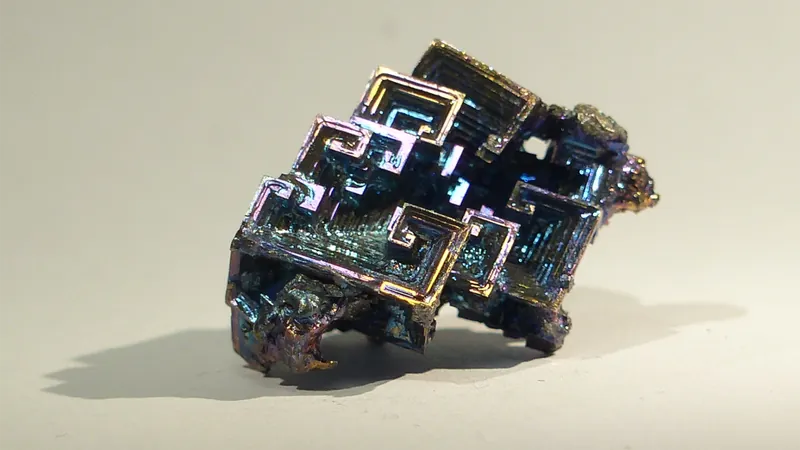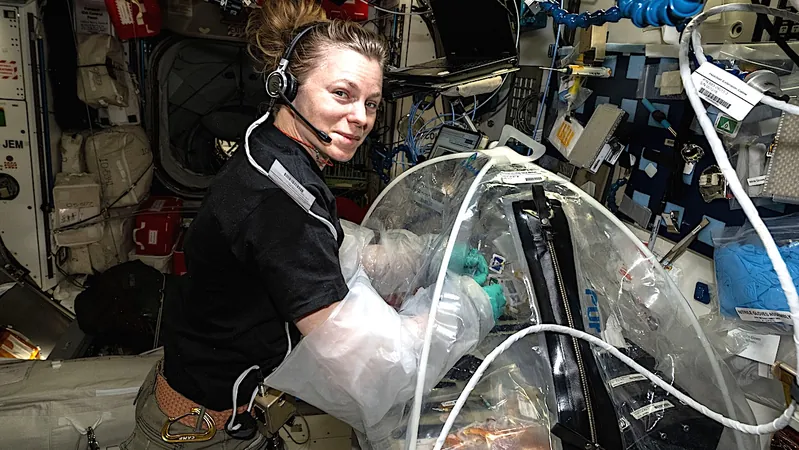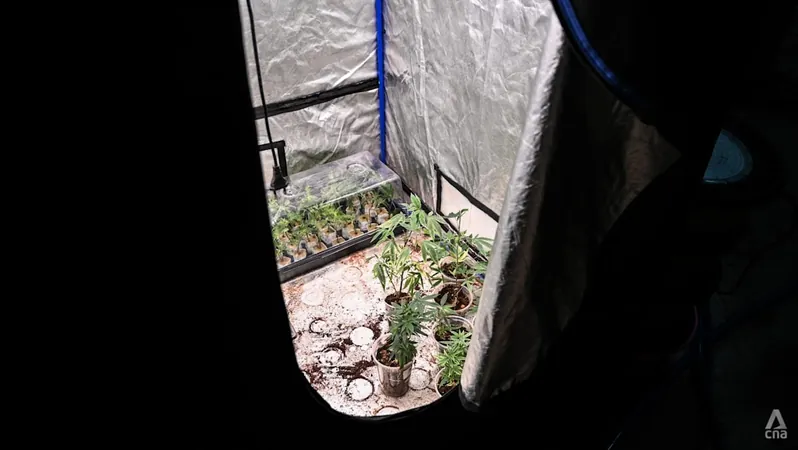
Unlocking the Future: The Revolutionary Potential of Bismuth Clusters in Materials Science
2025-09-04
Author: Wei Ling
Discovering Bismuth's Hidden Potential
In an exciting revelation, Professor Stefanie Dehnen, Executive Director of the Institute of Nanotechnology at Karlsruhe Institute of Technology (KIT), is leading the BiCMat project, which is set to transform the landscape of materials chemistry by delving into the realms of bismuth cluster compounds. While often overshadowed by more prominent metals, bismuth is emerging as a key player in developing innovative materials due to its unique properties.
What is the BiCMat Project?
The BiCMat initiative aims to expand our understanding of bismuth by synthesizing and exploring novel cluster compounds. Under the auspices of an ERC Advanced Grant, this project is envisioned to unlock a plethora of molecular architectures that could pave the way for breakthrough applications. Professor Dehnen explains that the goal is not only to synthesize these 'zero-dimensional' molecular clusters but to explore their potential in higher-dimensional materials that could revolutionize energy storage, catalysis, and more.
Bismuth: The Safe Element with Endless Possibilities
What makes bismuth particularly captivating? Unlike its toxic neighboring elements, bismuth is entirely non-toxic, presenting a golden opportunity as researchers seek safer alternatives for modern materials. As a semiconducting metalloid, bismuth boasts unique structural characteristics that allow for innovative applications, particularly in batteries and gas separation technologies.
Unexpected Discoveries Emerge!
One of the project's striking revelations came when a cluster of bismuth atoms displayed unusual bonding properties, illustrating the team’s ongoing struggle with understanding how to effectively manage these complex reactions. Through careful monitoring and modeling, the researchers are hopeful of predicting and controlling the unexpected findings better.
Harnessing Machine Learning for Breakthroughs
As the project progresses, the integration of machine learning is becoming increasingly vital. While currently in its nascent stages, this approach aims to optimize reaction conditions and predict outcomes, hoping to significantly accelerate the pace of discovery in the lab.
Where Will Bismuth Take Us?
The implications of this research stretch into exciting realms such as catalysis, photovoltaics, and even semiconducting devices. Bismuth compounds could hold the key to less toxic, high-performance alternatives that industries are eagerly awaiting.
A Call for Collaboration
As the project continues to evolve, Professor Dehnen emphasizes the importance of collaboration. The team seeks expertise in device fabrication and scalability from industry partners as they aim to transition from laboratory-scale research to practical, real-world applications.
With bismuth clusters poised to challenge conventional materials science, this initiative embodies the spirit of innovation and safety in chemistry. The BiCMat project is not just an exploration of materials; it’s the dawn of a new era where the potential of elements like bismuth can lead to sustainable technological advancements.




 Brasil (PT)
Brasil (PT)
 Canada (EN)
Canada (EN)
 Chile (ES)
Chile (ES)
 Česko (CS)
Česko (CS)
 대한민국 (KO)
대한민국 (KO)
 España (ES)
España (ES)
 France (FR)
France (FR)
 Hong Kong (EN)
Hong Kong (EN)
 Italia (IT)
Italia (IT)
 日本 (JA)
日本 (JA)
 Magyarország (HU)
Magyarország (HU)
 Norge (NO)
Norge (NO)
 Polska (PL)
Polska (PL)
 Schweiz (DE)
Schweiz (DE)
 Singapore (EN)
Singapore (EN)
 Sverige (SV)
Sverige (SV)
 Suomi (FI)
Suomi (FI)
 Türkiye (TR)
Türkiye (TR)
 الإمارات العربية المتحدة (AR)
الإمارات العربية المتحدة (AR)